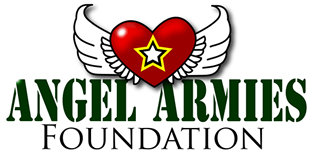When a person decides to register to be an organ donor potentially 8 lives can be saved and up to 50 others healed. Your “yes” saves lives.
In simplest terms here is how organ donation works:
It all starts with a hero. Someone or someone’s family who in one of the darkest times of their life says “yes” to donation. Once social and medical history is obtained tests are run to determine if there are organs that would be viable for transplant.
If so those organs are allocated nationally based on a complex medical formula established by transplant doctors, public representatives, ethicists and organ recovery agencies. UNOS (the United Network for Organ Sharing) maintains the list of patients waiting for transplants. A donor’s blood type, tissue type, body weight, and size are matched against patients on the list. If there are multiple matches, priority is given to the sickest patients or, in the case of kidneys, those who have been on the waiting list the longest. Factors such as race, gender, age, income or celebrity status are never considered when determining who receives an organ.

Recent Comments